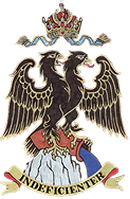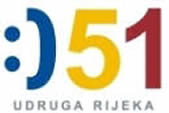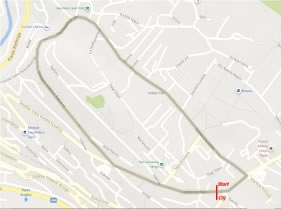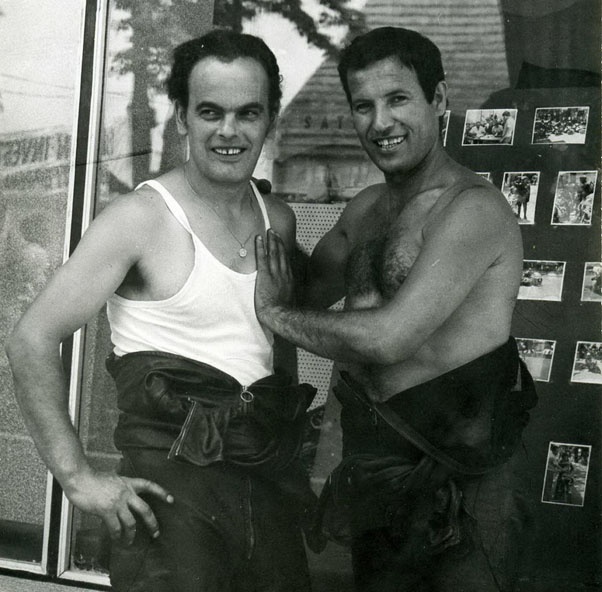Kosić Marijan (Mario, Marijeto)
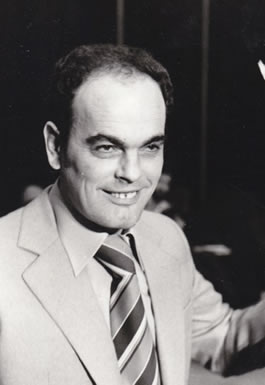 Born: Vrh, on the island of, August 22, 1941
Born: Vrh, on the island of, August 22, 1941
Died: Rijeka, 14. November 2011
Parents: Martin Kosić, (Vrh na Krku, ?? - died in World War II), mother Ruža (Dinka) (Vrh na Krku, April 7, 1912 - Vrh na Krku, November 24, 1990), housewife
Brothers and sisters: Marija married Šegota (Vrh na Krku, September 3, 1937 - Guelph, Canada, November 2, 2013), Dinka (Vrh na Krku, May 18, 1939 - Mississauga, Canada, December 3, 2020). ), Franjo Čutul (Vrh na Krku, 1946 -)
For all who knew him simply - Mario (and yes, he signed himself as Mario (from Marijan), not Mario), a great man who without hesitation ceded to his greatest rival, and a great friend, today also the late Branko Bevanda, his "Yamaha" to ride an honorary circle on the "Grobnik" track during its opening today, September 17, 1978. From year to year he entered the new season with a new motorcycle, and it was just one brand - "Yamaha" 250ccm. I remember a race in which there were 16 drivers at the start, among whom the first seven sat on a "Yamaha" that was "scrapped" by Mario. He spent every dinar at that time on motorcycling. But there was enough left for a modest life, and for morning cappuccino and cigarettes it had to be.
Mario was exceptional, not only a motorcyclist but also a man, he was good and honest, he possessed qualities that few people possess these days. Motorcycles were his greatest love, no accident could erase that from his heart and head. Even when he woke up in the hospital with amnesia, he still knew everything about cars and motorcycles, everyone was amazed.
There was no end throughout the former state in which Mario Kosić would have appeared without arousing the admiration of motorcycling enthusiasts.
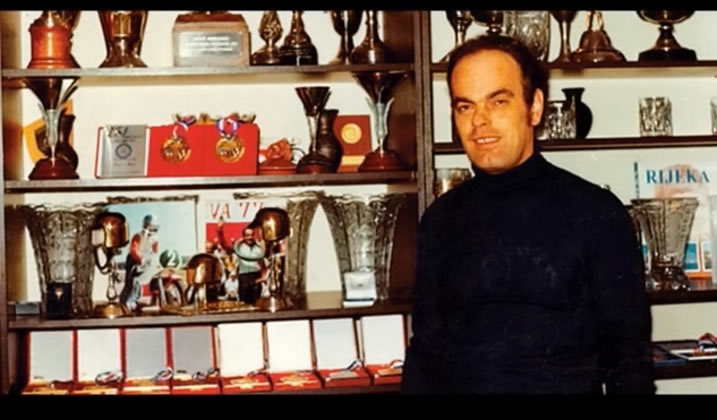
He felt best on his skin the fact that while you are famous and healthy everyone loves you, but when you face problems no one will support you and stand by you. Everyone, call your friends, just disappears and you are left alone with your problems.
He was a legend for life. It has remained so to this day, and will continue to be so in the future. His name and contribution to motorcycling are inscribed in golden letters in the history of Yugoslav and Croatian sport.
Modest and quiet, but always with a cigarette in his hand, he was inviolable on the track. Fast and brave, the record holder of almost all the tracks he rode, the winner of almost every motorcycle competition in Yugoslavia.
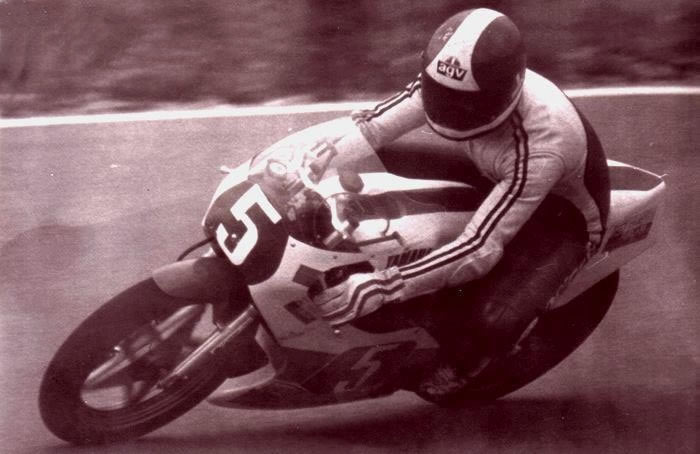
The "Kvarter Dictionary" writes about Marijan Kosić:
"The good spirit of Vodovodna street. Motorcycle ace, he was born on Krk. From there, I guess his dagger persistence is responsible for the record number of titles won. There is no corner where his tires did not run - the trail around Trsat, the legendary Preluk and Grobničko polje. He has been an idol for generations, and right here, ahead when the Vodovodna street bends to the left, his garage still stands. The seventies, some before and many after, were the years when repairing car in Kosić garage was a reputation equal to his status in society. Rijeka's roads would look different if there was another corner of Vodovodna. Where Kosić looked calmly under the hood".
He was born in the small vilage of Vrh na Krku in 1941.
His mother was a housewife. She gave birth to four children. Part of the family I communicated with does not have much information about his father, except that he was killed during World War II.
In 1952 he moved with his family to Rijeka. He finished primary school at the "Josip Brusić" school (today the "Brajda" primary school).
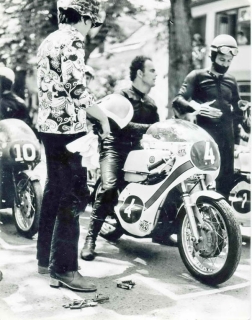 He finished high school as a car mechanic and immediately after school, as a teenager, in the late 1960s he got a job as a distributor for the bottling plant of soda "Passarete" (non-alcoholic red carbonated drink in bottles) on the suburbs of Rijeka known as Pehlin, held by a certain Milan Širola - Pasaretar. At first, he distributed these drinks in the surrounding sharpeners by horse-drawn carriage. Later, Milan bought a truck and Mario became a truck driver.
He finished high school as a car mechanic and immediately after school, as a teenager, in the late 1960s he got a job as a distributor for the bottling plant of soda "Passarete" (non-alcoholic red carbonated drink in bottles) on the suburbs of Rijeka known as Pehlin, held by a certain Milan Širola - Pasaretar. At first, he distributed these drinks in the surrounding sharpeners by horse-drawn carriage. Later, Milan bought a truck and Mario became a truck driver.
After that, he was employed as a postman for the Rijeka Post Office. He delivered, of course, on a "Tomos Kolibri" motorcycle. He always had some connection to motorcycles or cars.
He started riding motorcycle races in 1966, and as an excellent car mechanic he opened his own garage for car and motorcycle repairs in Vodovodna Street. He was a member of the Auto Moto Society "Rudolf Štiglić" (today AK Rijeka)
Sometime around 1967, his siblings left Rijeka and Yugoslavia and went to Canada for beter life. However, he stays in Rijeka and dedicates himself to his love, racing.
In Rijeka, at the "Oslobođenje of Rijeke" (Liberation of Rijeka) race in 1967, at the circuit race in Trsat, he made his first appearance on a "Ducati" motorcycle in the 175 cc class and won eighth place.
In 1967, in the race in Banja Luka, he won two victories in two classes.
At the race in Bratislava, which was his only race abroad, he took tenth place in a strong international competition.
At the legendary Preluka racing track in 1967, he took a high seventh place.
Already in 1968, he achieved his first victory on the "home" track on Trsat in the 250 cc class, but he also announced a new era of constant duels with Branko Bevand.
Already in 1968, he won the first Yugoslav champion title in the 250 cc class.
His great victories at the "SFRY Championship in Motoring and Motorcycling" in Arandjelovac, Serbia, which lasted until 1973, are especially remembered.
Around that time he lived in Krimeja, Kumičićeva 3 c, later Danijela Godine 7, on the ground floor, where he moved from Vodovodna. But he kept his garage. He lived as the unmarried husband of a certain Zora or Zorka (Perić ?). She was a driver of a mail bus.
Fans of motorcycling in Rijeka and its surroundings will remember the duel between the two greats of Rijeka, Kosić and Branko Bevanda, on the legendary track around Trsat. Marijo achieved his first victory in 1968 in front of Branko, a year later they both gave up due to a malfunction while leading in the race and setting track records. In 1969, Bevanda still 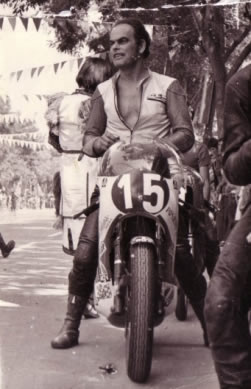 achieved one victory, but in the 175 cc class, which won the title of champion of Yugoslavia in front of 25,000 spectators. A year later, Kosić won the 175 cc on a Motomorini motorcycle, and Bevanda won the 250 on a Yamaha and became the champions of Yugoslavia, bringing a team victory to his home club, Rudolf Štiglić. That year, Sarajevo motorcyclist Avdo Alić was tragically killed in Saturday's rain training.
achieved one victory, but in the 175 cc class, which won the title of champion of Yugoslavia in front of 25,000 spectators. A year later, Kosić won the 175 cc on a Motomorini motorcycle, and Bevanda won the 250 on a Yamaha and became the champions of Yugoslavia, bringing a team victory to his home club, Rudolf Štiglić. That year, Sarajevo motorcyclist Avdo Alić was tragically killed in Saturday's rain training.
Marijan Kosić was remembered as the last record holder of the Trsat track. During the last, eleventh race "Liberation of Rijeka", April 23, 1972. Mario wins in two classes, 175 and 250 cc. In the 250 class, he also set an absolute track record in his "Yamaha 250" in a time of 1: 23.2 minutes, driving at an average speed of 129.496 km / h.
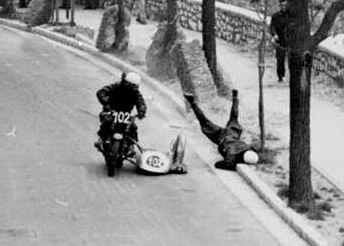 The race was canceled after an accident that happened at Saturday's training in 1972. During training, one boy snatched himself from his mother's arms and ran across the road. In an attempt to avoid him, Slovenian ace Edvard Berden ran into the crowd, injuring 12 spectators, leaving Berden disabled for life. It is said that the mother of the reckless boy simply slapped him, after which she walked nonchalantly on her way. This and previous accidents (one of them in the picture on the right) that occurred on the Trsat track led to the decision to cancel the race due to the extremely dangerous configuration of the track, which was surrounded by tree lines that had to be lined with straw bales and sidewalks full of spectators. right next to the track on which the competitors raced at speeds and over 160 kilometers per hour. Even one part of the trail, the one next to the Orient playground, was paved with granite blocks (pictured below, today's intersection of Slavko Krautzeka Street and Kumičićeva Street, drivers drive from the direction of Trsat and turn in Kumičićeva towards the city on a road paved with granite blocks, and in the small picture turn from Kumičićeva to Mihanovićeva. In the background is the Orient Playground and the building "DIP Rade Šupić").
The race was canceled after an accident that happened at Saturday's training in 1972. During training, one boy snatched himself from his mother's arms and ran across the road. In an attempt to avoid him, Slovenian ace Edvard Berden ran into the crowd, injuring 12 spectators, leaving Berden disabled for life. It is said that the mother of the reckless boy simply slapped him, after which she walked nonchalantly on her way. This and previous accidents (one of them in the picture on the right) that occurred on the Trsat track led to the decision to cancel the race due to the extremely dangerous configuration of the track, which was surrounded by tree lines that had to be lined with straw bales and sidewalks full of spectators. right next to the track on which the competitors raced at speeds and over 160 kilometers per hour. Even one part of the trail, the one next to the Orient playground, was paved with granite blocks (pictured below, today's intersection of Slavko Krautzeka Street and Kumičićeva Street, drivers drive from the direction of Trsat and turn in Kumičićeva towards the city on a road paved with granite blocks, and in the small picture turn from Kumičićeva to Mihanovićeva. In the background is the Orient Playground and the building "DIP Rade Šupić").

When you know the financial possibilities that Mario had at his disposal, he was also good in world class. He held 19th place in the 250cc class.
In more than 170 appearances, he won more than 70 first places (about 41%). If we compare with Ayrton Senn (162 appearances, 41 victories, 25.3% in 11 years of competition - March 25, 1984 - May 1, 1994), or Michael Schumacher (308 appearances, 91 victories, 29.5% in 21 years of competition - August 25, 1991 - November 25, 2012), we see what a success it is. He was not far from Giacomo Agostini, who won 122 wins in 223 races (54.7%), and according to that statistic, he is far better than Valentino Rossi, who had 432 races in three categories (MotoGP, 250 and 125 cc) and 115 win (26.6%)
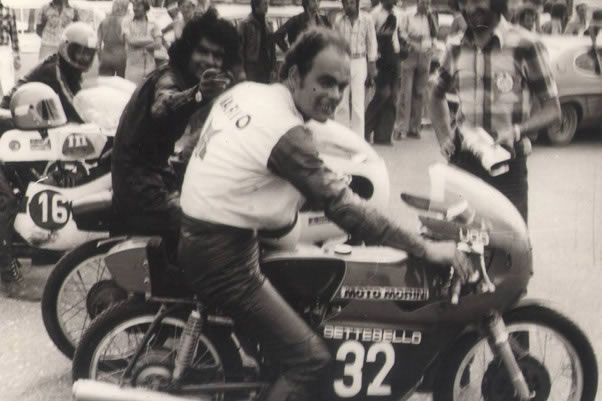
He won a total of 11 Yugoslav championship titles, making him a record holder. He won seven Yugoslav champion titles in the 250 cc class (1968, 1972, 1973, 1974, 1975, 1976 and 1977), and four in the 175 cc class (1970, 1971, 1972). and 1977). He was the  champion of Croatia and Slovenia in 1967 in the 175 cc class, the same year in the 250 cc class second, and fifth in the 125 cc class. In the state championship of the same year, he was third in the 250 and fourth in the 175 cc. A year later he was third, and in 1969 he was second in class 175.
champion of Croatia and Slovenia in 1967 in the 175 cc class, the same year in the 250 cc class second, and fifth in the 125 cc class. In the state championship of the same year, he was third in the 250 and fourth in the 175 cc. A year later he was third, and in 1969 he was second in class 175.
He won the Golden Badge of AMSJ (Auto Moto Association of Yugoslavia) and AMSH (Auto Moto Association of Croatia), Golden Plaque of Folk Technology, Plaque of Castrol and Gold Plaque of the Municipality of Rijeka handed to him by Slavko Gržinčić (picture left), Vice President of IV SO Rijeka, and owner many other valuable medals and awards. He was the only one to win three "Golden Helmets" (1972, 1974, 1977). He was named the best driver of the Croatian Auto Moto Association in 1977 and one of the best motorcyclists of all time in the former state.
Until the disintegration of the former state, he remained the undisputed ruler of motorcycle races on all Yugoslav circuit tracks. After the disintegration of Yugoslavia, he would only perform occasionally, in order to maintain his condition, as he himself used to say.
On June 22, 1992, he did not want to miss the first motorcycle race in independent Croatia. He wanted to drive his last race to contribute to the first race held on the track of independent Croatia in Grobničko polje. It was on the day when Croatian President Franjo Tudjman gave that famous speech at the Grobnik airport, when he shouted to the people of Grobnica "Brothers and sisters, Croats, Grmošćani and Grmošćice!".
Unfortunately, due to an unfortunate set of circumstances, he experienced a severe fall. In the "Zagreb bend", in a collision with a young beginner motorcyclist, he suffered severe head injuries in the third round of training. He spent three months in the hospital, and when he left, his life changed completely. He faced a difficult health condition and lack of money. He was recovering for a long time and never sat on a racing motorcycle again. Left by most former acquaintances, even friends, forgotten, he lived modestly, spent his daily life in his garage in Vodovodna Street. He also faced family problems. He was left alone. There were only true friends with him here and there. He himself used to say that he had lost many friends.
|
By repairing some cars, he would earn for the little modest life he has always lived. And for the obligatory morning cappuccino and cigarette.
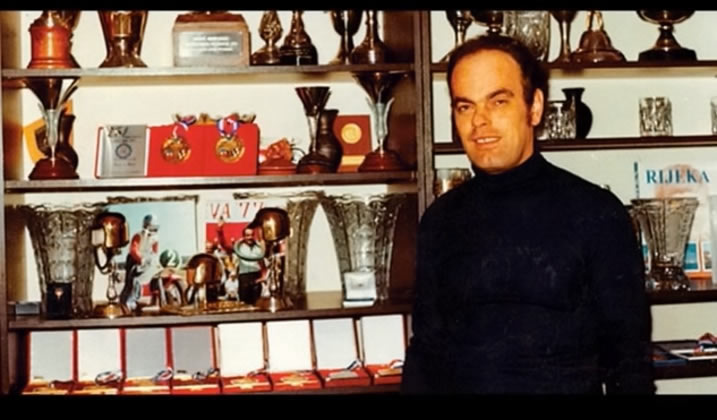
And he spent the last minutes in his garage. He passed away on November 14, 2011 while repairing a car in Vodovodna Street. He was buried on November 21, 2011, on Monday at 3 pm in the cemetery in Vrh on the island of Krk. Marijan had no children and no relatives in Rijeka.
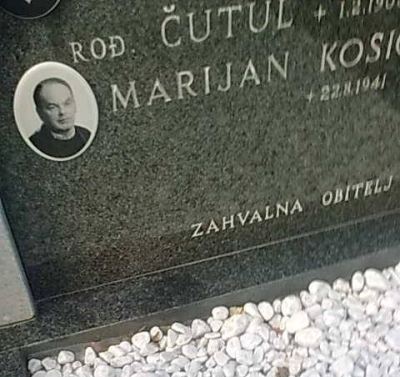 Unfortunately, this legend of motorcycling and one of the greatest motorcyclists of all time not only in Croatia but in the entire former Yugoslavia, has been forgotten even by HAMS (Croatian Auto Moto Association). He dedicated his whole life to motorcycling, and this one didn't give him anything back. Not even the environment that was proud of him returned it to him. The city of Rijeka could repay him by giving his name to a street (Vodovodna?). Or racing track on Grobnik.
Unfortunately, this legend of motorcycling and one of the greatest motorcyclists of all time not only in Croatia but in the entire former Yugoslavia, has been forgotten even by HAMS (Croatian Auto Moto Association). He dedicated his whole life to motorcycling, and this one didn't give him anything back. Not even the environment that was proud of him returned it to him. The city of Rijeka could repay him by giving his name to a street (Vodovodna?). Or racing track on Grobnik.
Sometime around 2017-18. year, several of us enthusiasts raised money with the intention of placing a memorial plaque on the track on Trsat, where he began a successful career and where he holds an absolute record, but this 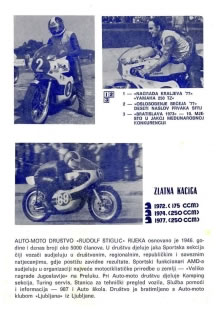 idea did not pass in the City of Rijeka. I remember giving money back to everyone who donated. And we just wanted a reminder of his life to be set.
idea did not pass in the City of Rijeka. I remember giving money back to everyone who donated. And we just wanted a reminder of his life to be set.
His beloved Yamaha, which was his cousin's house on Krk, was bought and restored by Teo Vevc, owner of the MAREKOM service business, a member of HMK Zagreb, a scooter racer and motorcycle enthusiast from Bribir. The engine will finally get what it deserves, but it will stay in Bribir.
In February 2012, on one of the walls in Vodovodna, the residents of that street paid tribute to a great friend and Rijeka's sports legend with a graffiti.
And so, over the years, that graffiti has faded, only the outlines remain. However, the young people of Rijeka took care not to forget. The new graffiti with Marija is performed in several scenes by students of the Academy of Applied Arts in Rijeka Petar Pinčić and Marko Zurak and associates.
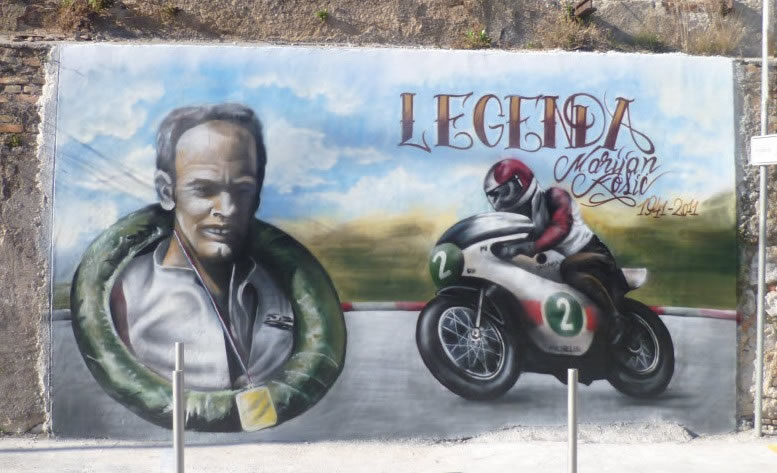
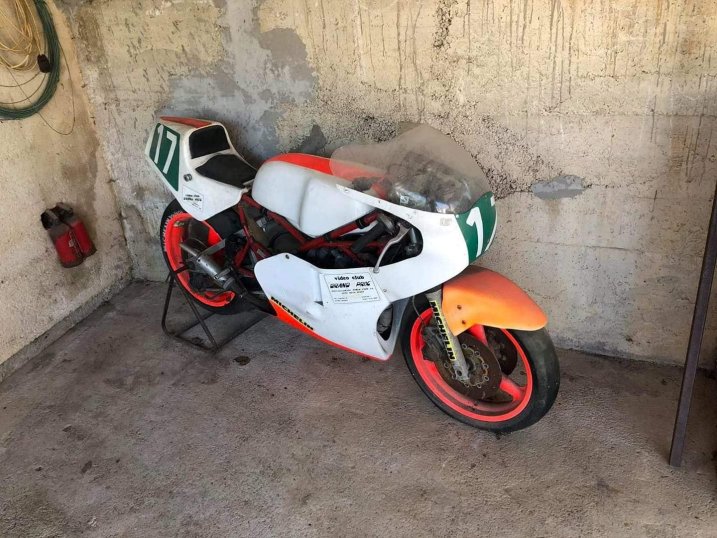
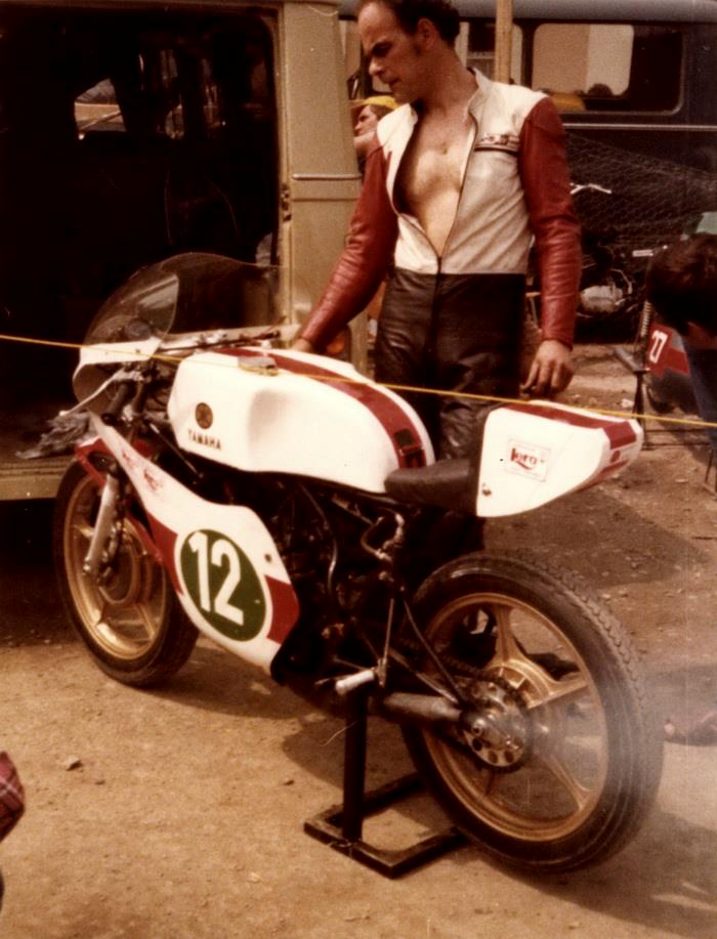
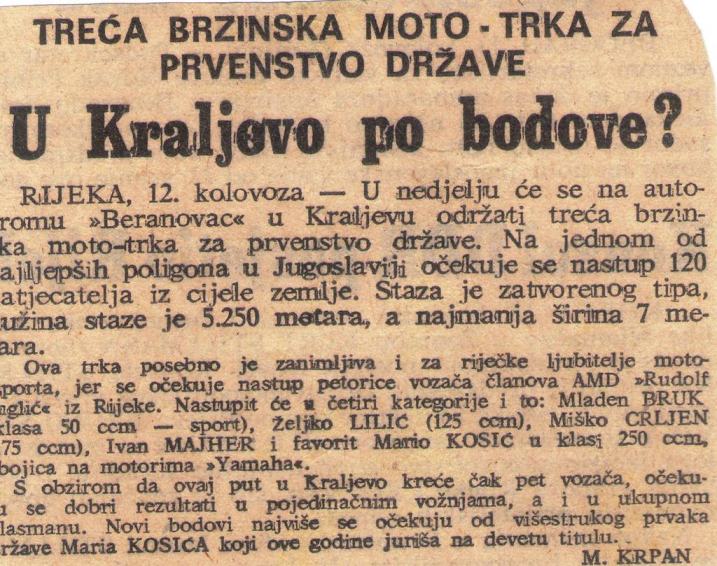
Kreirao: SEAS
Sources:
- Wikipedia: Marijan Kosić
- Liana Kosic sa obitelji
- Novi List, Miroslav Krpan, Slavljen i zaboravljen: preminuo riječki motociklistički as Marijan Kosić, 15. studeni 2011
- Forum LP, Riječki motociklistički as Marijan Kosić 1941-2011, autor: Milić

